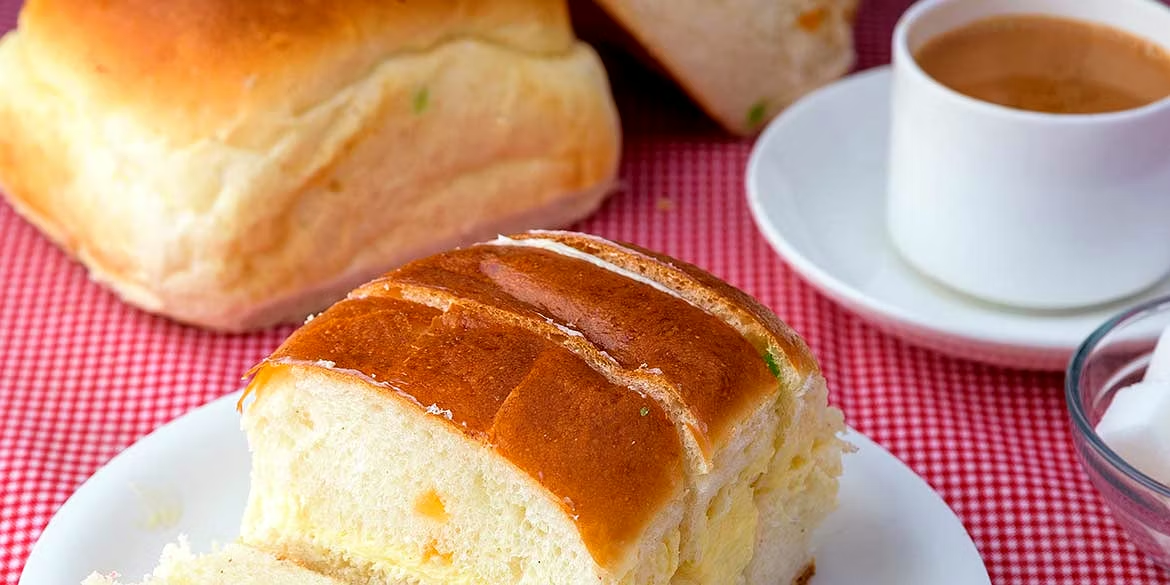Irani 90ml chai
In the streets of South Bombay hidden from plain sight by a thick veil of traffic and pedestrians, lie the iconic Irani cafés. Unlike most restaurants or cafés, they lack fanfare or fancy banners. But these cafés have been an integral part of Bombay culture and history. The classic format of these cafes is basic with a subtle colonial touch; high ceilings with black, bent wooden chairs (now cane in some cafes), wooden tables with marble tops and glass jars that allow a peek into the goodies they hold. The menu sits on top of the table, which is covered by a sheet of clear glass. With huge glass mirrors on the walls to create a feeling of space, visitors are greeted with eagerness and a whiff of baking. The speed of operations is impressive and service quite hassle-free.
The Irani cafés were established by the Zoroastrian immigrants from Iran in the 19th century. When they migrated to Bombay, they would meet over hot cups of chai to fondly remember their family and friends left behind in Iran. Some enterprising folks from amongst them saw the potential in these food and tea-laden meetings that led to the birth of the beloved Irani cafés of Bombay.
In the 1950s, there were some 350 Irani cafés in Bombay serving steaming hot cups of Irani chai with plates of brun maska (bread and butter), fragrant mawa cakes baked in little tinfoil containers, and plates of kheema pao (minced meat with bread).
The Irani chai is richer and much creamier than the typical Indian chai that’s made with black tea and milk. The extra milky flavor comes from the use of mawa or khoya, a solid obtained by slowly evaporating milk in large pans and adding it to a pot of tea that’s been brewed by boiling water with black tea powder (as opposed to leaves). This results in a tea with a much more distinct sweetness from the sugars naturally present in milk. It is mostly served in a white ceramic cup and saucer and often called 90 ml chai after its standard volume.


